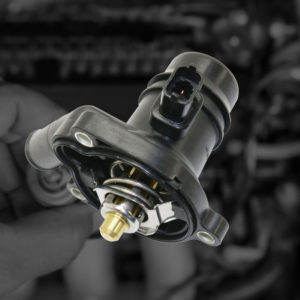Speedometers, odometers, and oil and fuel gauges are some of the most common configurations you’ll find on a typical dashboard. While these gauges are essential in helping your monitor your vehicle’s performance, there is one that’s often overlooked一the tachometer.
What is a Tachometer Gauge?
The tachometer, also known as the “revolution/rev counter” or tach, measures the engine’s revolutions per minute (RPM) or the number of times the crankshaft rotates every minute. Simply put, this gauge tells you how fast the engine is turning.
For vehicles with a manual transmission, the tachometer helps the driver determine when to shift gears for better fuel economy or acceleration. In some cases, it can also alert the driver of transmission issues. For instance, getting high RPMs without any speed changes may indicate a slipping clutch.

For automatic transmission vehicles, however, the tachometer has become an unnecessary gauge as shifting gears is computerized and requires no help from the driver. While many automatic transmission vehicles today no longer come with a tachometer, some still have this gauge built into the dash so that drivers can check if the engine is running or if there are problems with the transmission.
How Does a Tachometer Work?
A typical tachometer has numbers ranging from zero to nine with multiple markings in between them. Each number is then multiplied by a thousand, which represents the engine’s RPM. For instance, if the needle is on three while you’re driving, it means the engine is rotating 3,000 times every minute.
You’ll also notice that the gauge has a red area located near the bigger numbers. If the needle points towards the red zone, it means the vehicle is reaching the maximum RPM, signaling the need to shift gears. Redlining (staying in the red area for too long) may result in damage to the engine. This is why it’s important to pay attention to your vehicle’s tachometer readings as you drive.
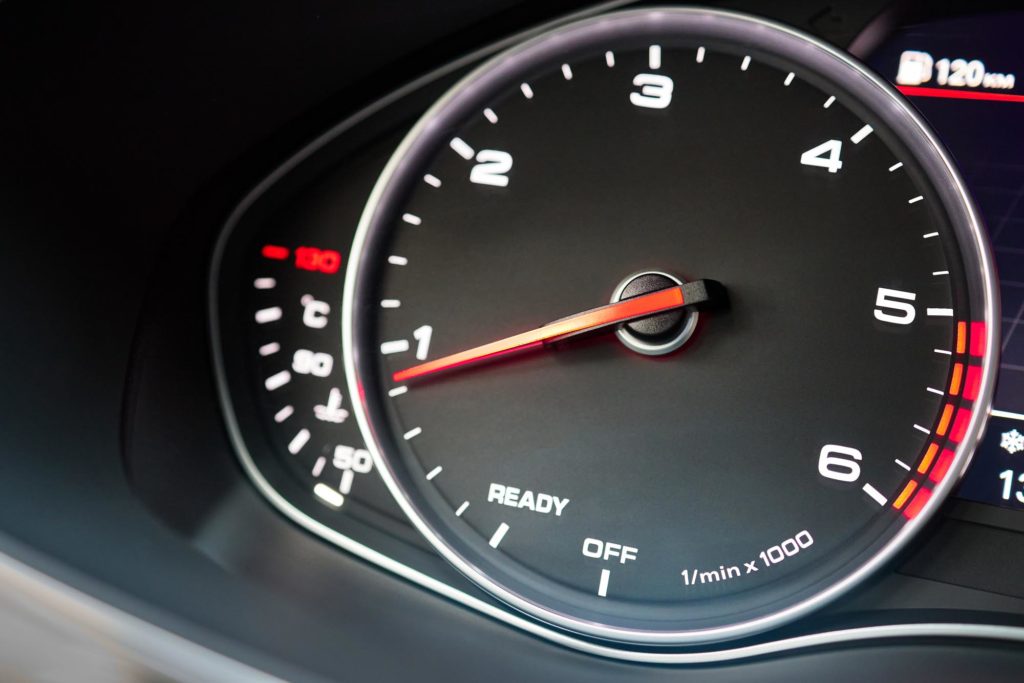
What’s the Difference Between an Odometer and a Tachometer?
An odometer is an instrument that measures the overall distance the vehicle has traveled. Meanwhile, a tachometer measures engine speed via RPM.
Speedometer vs. Tachometer
Speedometers and tachometers have one thing in common: they both measure speed. Their only difference is that the speedometer displays the vehicle’s speed while the tach solely focuses on the engine.
Many speedometers today use an electronic sensor to measure vehicle speed. The readings, however, can be affected by modifications, such as tire size and differential gearing.
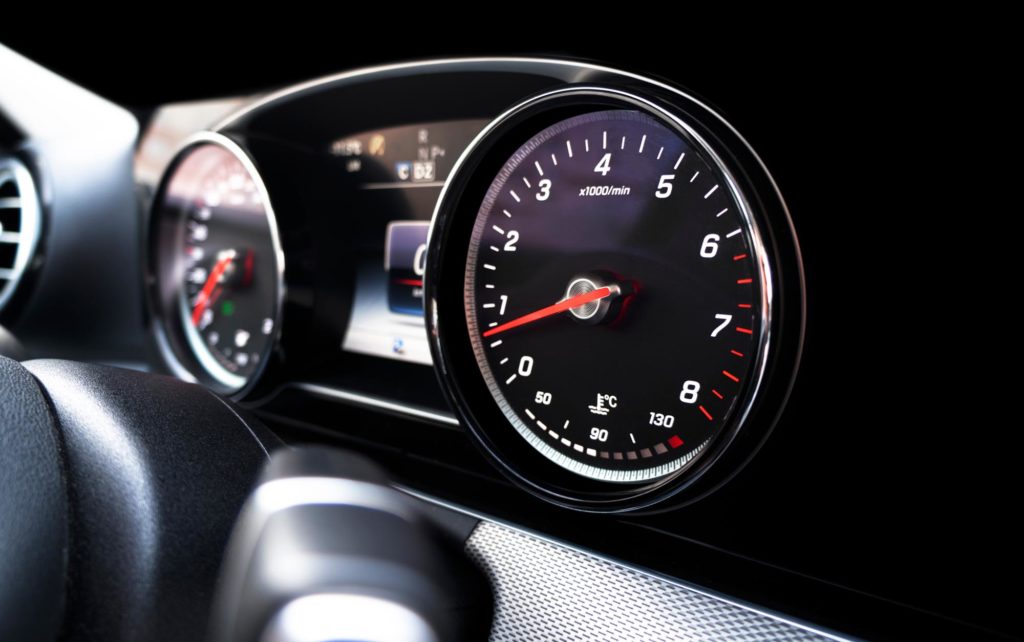
Types of Tachometers
Tachometers come in three designs: mechanical, analog, and digital.
Mechanical
A mechanical tachometer has a drive cable that’s attached to the crankshaft or camshaft. Torque is picked up from the engine using a slide near the shaft, causing a magnetic mechanist to move the gauge’s needle. While this design is the simplest among the three, it has a wide margin of error, as the drive cable is twisted during the transfer of force.

Analog
Analog tachometers almost work the same way as the mechanical design. The only difference is that it uses an electronic transmitter instead of a drive cable, which relays information to the magnetic coil inside the gauge.
Digital
A digital tachometer typically picks up signals from the crankshaft sensor using a microprocessor. These signals are translated to a definitive value that’s displayed on the gauge. Compared to the mechanical and analog designs, the digital tachometer has the smallest margin of error at 100 RPM.
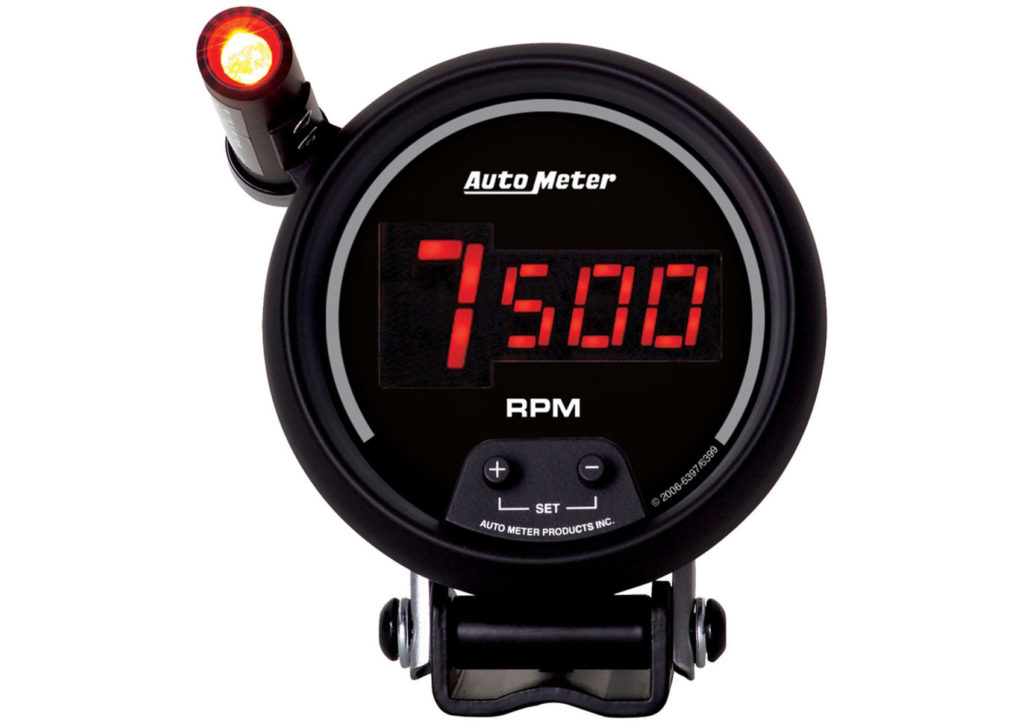
How to Test a Tachometer
The steps for testing a tachometer will vary depending on the year, make, and model of the vehicle. To determine the correct test procedure for your application, it’s a good idea to consult a repair manual or repair database.
What Causes a Tachometer to Jump?
Erratic tachometer readings are typically caused by circuit problems, a faulty tachometer head, or calibration issues. Have your vehicle checked by a professional mechanic as soon as it begins to show signs of trouble.
When Should You Replace Your Tachometer?
Common signs it’s time to replace your vehicle’s tachometer include consistently inaccurate readings, signs of physical damage, and if it fails to work after starting your vehicle.
Consistently Inaccurate Readings
Tachometers that fail to reliably display accurate readings are a problem. If the RPM isn’t consistent, or if the readings are erratic and fluctuate, there’s a good chance the tachometer is malfunctioning. Bad tachometers need to be replaced as soon as possible.
Signs of Damage
Another sign it’s time to replace your vehicle’s tachometer is if there are visible signs of physical damage on it. This can manifest in many different ways. For example, if the glass is cracked, if the needle is bent, or if there are signs of rust and corrosion.
More often than not, damaged tachometers are inoperative or don’t work reliably, making them a serious liability. Make sure to remove and replace tachometers with signs of damage as soon as you get the chance.
Unresponsive
If your tachometer doesn’t move when you turn on the ignition, there might be something wrong with it. If restarting your vehicle fails to fix the problem, that could be a sign it’s time to replace your tachometer.
Bear in mind that there are many possible explanations as to why a tachometer might refuse to move. Your tachometer may work fine and the fault could lie with other components, such as your vehicle’s sensors, wiring, battery, or instrument cluster.
How to Install a Tachometer
The degree of difficulty in installing a tachometer varies from one vehicle to another. It can be as simple as connecting a sending wire to the ignition coil or it may be more complicated and require you to work your way around a dedicated sending circuit. To ensure your tach is installed properly, having a licensed mechanic do the job for you is a good idea.
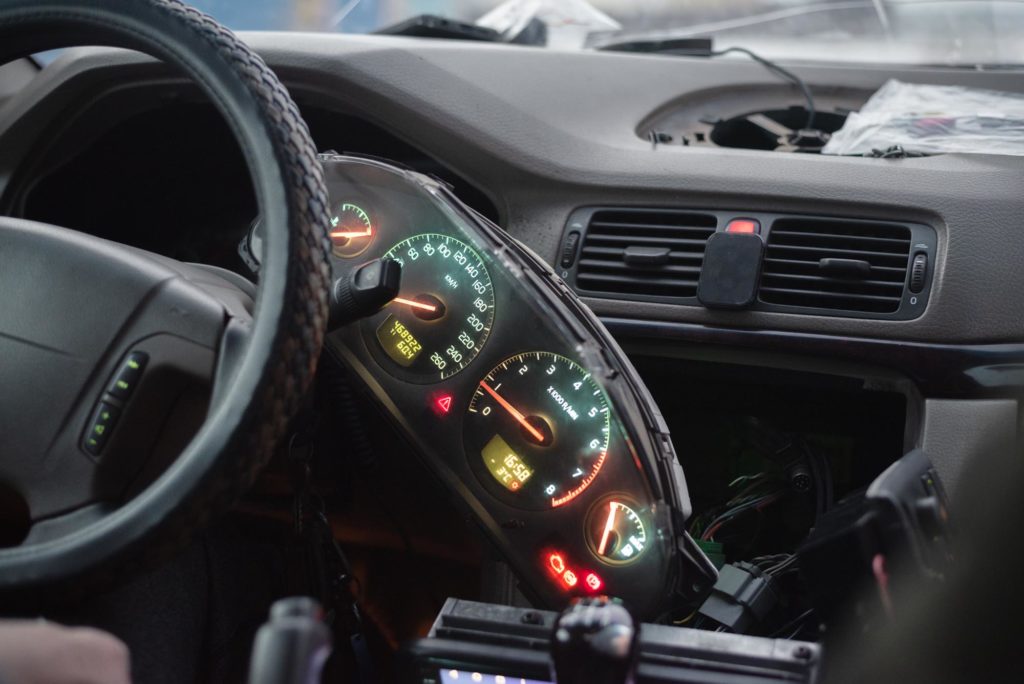
What to Consider When Buying a Replacement Tachometer
Always consider your vehicle’s year, make and model when buying a replacement tachometer. This will help narrow down your choices to compatible parts for your vehicle.
Choose a tachometer that works with your budget. Aftermarket tachometers are priced more competitively than original equipment manufacturer (OEM) tachometers without compromising on quality. Going the aftermarket route is a wise choice if you want to get affordable yet high-quality parts shipped fast for urgent repairs.

How Much Will a Tachometer Replacement Cost?
The average cost of a replacement tachometer costs anywhere between $60 and $260 on parts alone. Other factors that may affect the price include the brand, memory recall features, mounting style, operation, range, and more. Labor costs for instrument cluster repairs will typically set you back by another $100, depending on the rates in your location. In total, you can expect to spend around $160 to $360 on a tachometer replacement.
Any information provided on this Website is for informational purposes only and is not intended to replace consultation with a professional mechanic. The accuracy and timeliness of the information may change from the time of publication.







